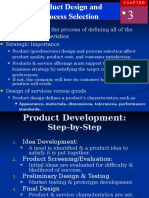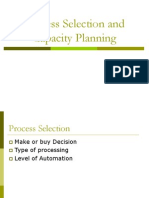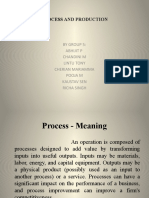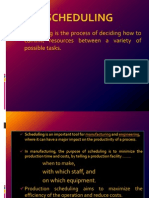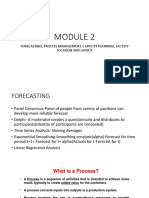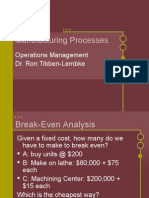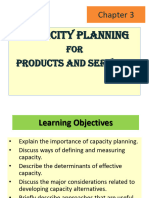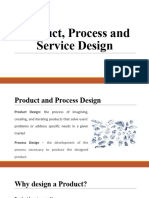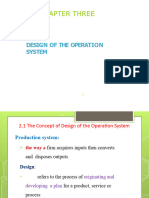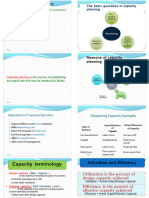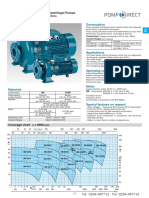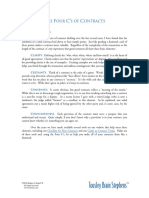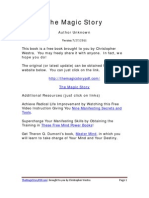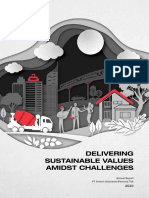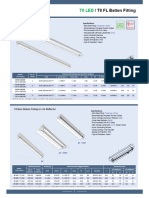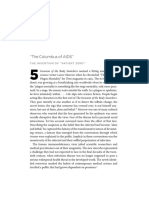0% found this document useful (0 votes)
61 views86 pagesProcess Design and Layout
The document outlines the key concepts of operations management, focusing on capacity, process design, and layout. It discusses the importance of capacity decisions, methods for measuring capacity, and factors influencing capacity planning. Additionally, it covers various process types, automation, and layout designs essential for efficient operations.
Uploaded by
Ahmed AmrCopyright
© © All Rights Reserved
We take content rights seriously. If you suspect this is your content, claim it here.
Available Formats
Download as PPT, PDF, TXT or read online on Scribd
0% found this document useful (0 votes)
61 views86 pagesProcess Design and Layout
The document outlines the key concepts of operations management, focusing on capacity, process design, and layout. It discusses the importance of capacity decisions, methods for measuring capacity, and factors influencing capacity planning. Additionally, it covers various process types, automation, and layout designs essential for efficient operations.
Uploaded by
Ahmed AmrCopyright
© © All Rights Reserved
We take content rights seriously. If you suspect this is your content, claim it here.
Available Formats
Download as PPT, PDF, TXT or read online on Scribd
/ 86






